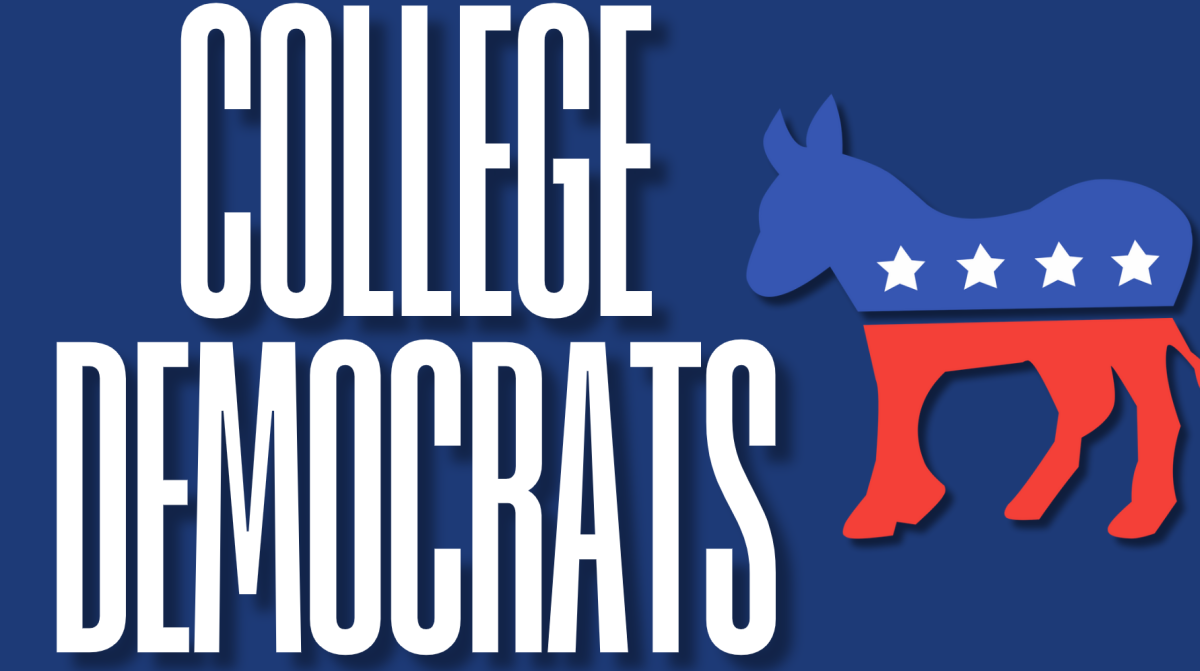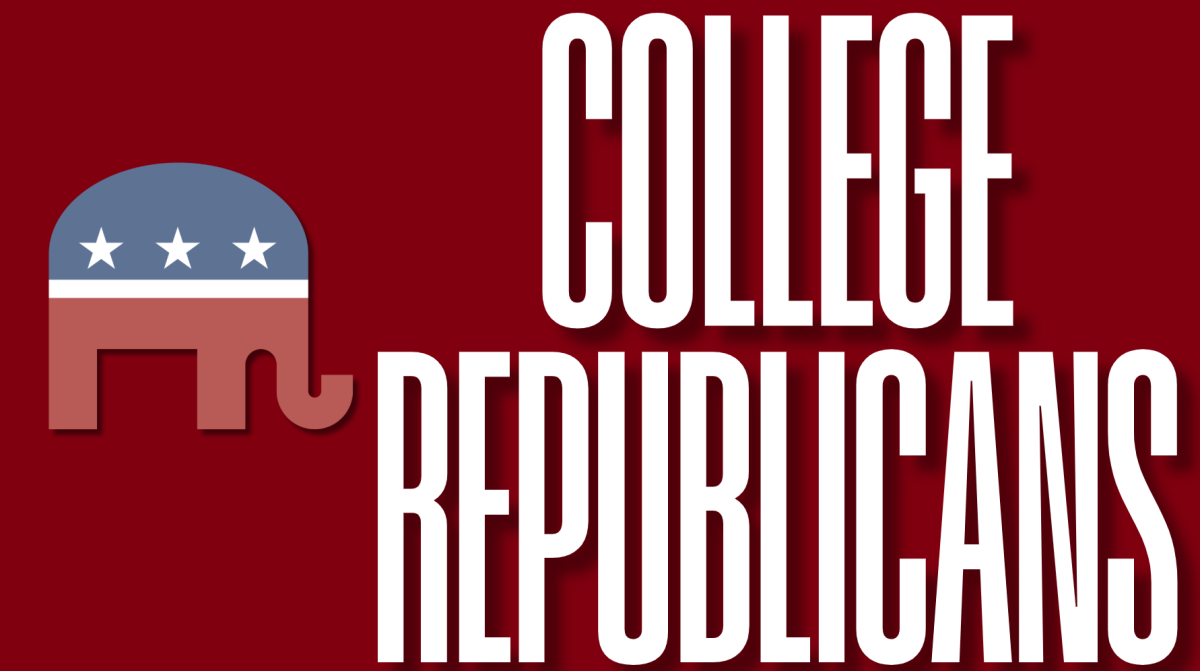
By Ahmed Youssef
The United States prides itself on its distinctive set of universities and colleges. Every year, American universities dominate the charts for the highest-ranking universities in the world. The country’s prestigious higher educational institutions annually attract tens of thousands of students from all corners of the globe, despite high tuition fees and immigration hurdles. Few countries can compete with the U.S. in this field, but that doesn’t mean that there is no room for improvement.
The main purpose of universities is to produce educated individuals that are most capable of benefitting themselves and society. Students expect to graduate from college well-equipped for the challenges lying ahead of them. This includes the practical matters of securing a job or conducting research. But college is more than that. A good college education arms students with the knowledge and experience needed to make healthy life choices and become successful individuals. This kind of knowledge transcends any one field, which brings us to the concept of the core curriculum.
The core curriculum is a staple of all college programs. It constitutes a set of subjects for all students to study regardless of their major. At Fordham, for example, despite being a computer science major, I have taken several classes in philosophy, psychology, theology and history, among other disciplines that are not related to my field of study but are nevertheless required. This aims at providing a balance to the education, allowing students to have a grasp on a wide range of key topics. Yet, one key element is missing from Fordham’s core curriculum, as well as the majority of universities: physical education.
Few would argue against the importance of taking care of one’s health. The status of one’s health can infiltrate and affect all aspects of their life. This stands true for all people, and college students are no exception. A person’s academic achievements may not be contingent on their physical wellbeing, but medical issues can form a serious hindrance to academic progress. Physical education informs students about the related topics such as exercise and diet, so that they are in a better position to evaluate decisions regarding their health. This distinguishes it as a key element that universities should afford more attention. Physical education would fit in nicely within the framework of the core curriculum. The issue of adequate physical education is one of national interest as well. The United States has a serious obesity problem in need of address. The statistics are startling: according to the Centers for Disease Control and Protection (CDC), more than two-thirds of the American population is overweight, half of whom are classified as obese. About one in every three high school students suffers from weight problems. Obesity poses a serious health problem due to the several medical complications that come with it. Heart disease, diabetes and high blood pressure are all linked to obesity, and the likelihood of contracting these chronic diseases is greatly increased for an obese person.
This national health problem is one of great economic concern as well. Conservative estimates place the amount of preventable healthcare spending at $147 billion. Other estimates go as high as $210 billion. These figures could be slashed to a fraction of their current value by providing proper physical education to all students. It is unrealistic to expect a society completely free of obesity, but the recent surge in these numbers has deemed it a worrying phenomenon. Indeed, the current obesity rates are more than double those of just 30 years ago. This puts an increased responsibility on universities’ shoulders to tackle physical education within their student bodies.
There are several ways this can be implemented. A number of private colleges have devised different methods of requiring physical education from their students. MIT has a rigorous eight-hour physical education requirement. Students at Columbia are required to pass a swimming test prior to graduation, in addition to two physical activities. Cornell employs a similar system. Other universities opt for a selective system instead, such as Lincoln University in Pennsylvania. They limited the physical education class requirement to students with a BMI over 30, which is considered to be obese on the scale of BMI. Fordham stands in line with the majority of private universities however, they do not have a physical education requirement. The requirements of private universities fall beyond the jurisdiction of the government, but it has the authority to add physical education to public colleges’ core curriculum, and it is a step it would be well-advised to take. Such a step would surely encourage more private universities, including Fordham, to follow suit.
As institutions tasked with the ominous duty of shaping the future generations, universities should take the matter of physical education more seriously. The increasing emphasis on physical education in schools across the country must transition into the higher learning sphere as well.
Ahmed Youssef, FCRH ’17, is a computer science major from Alexandria, Egypt.







































































































































































































